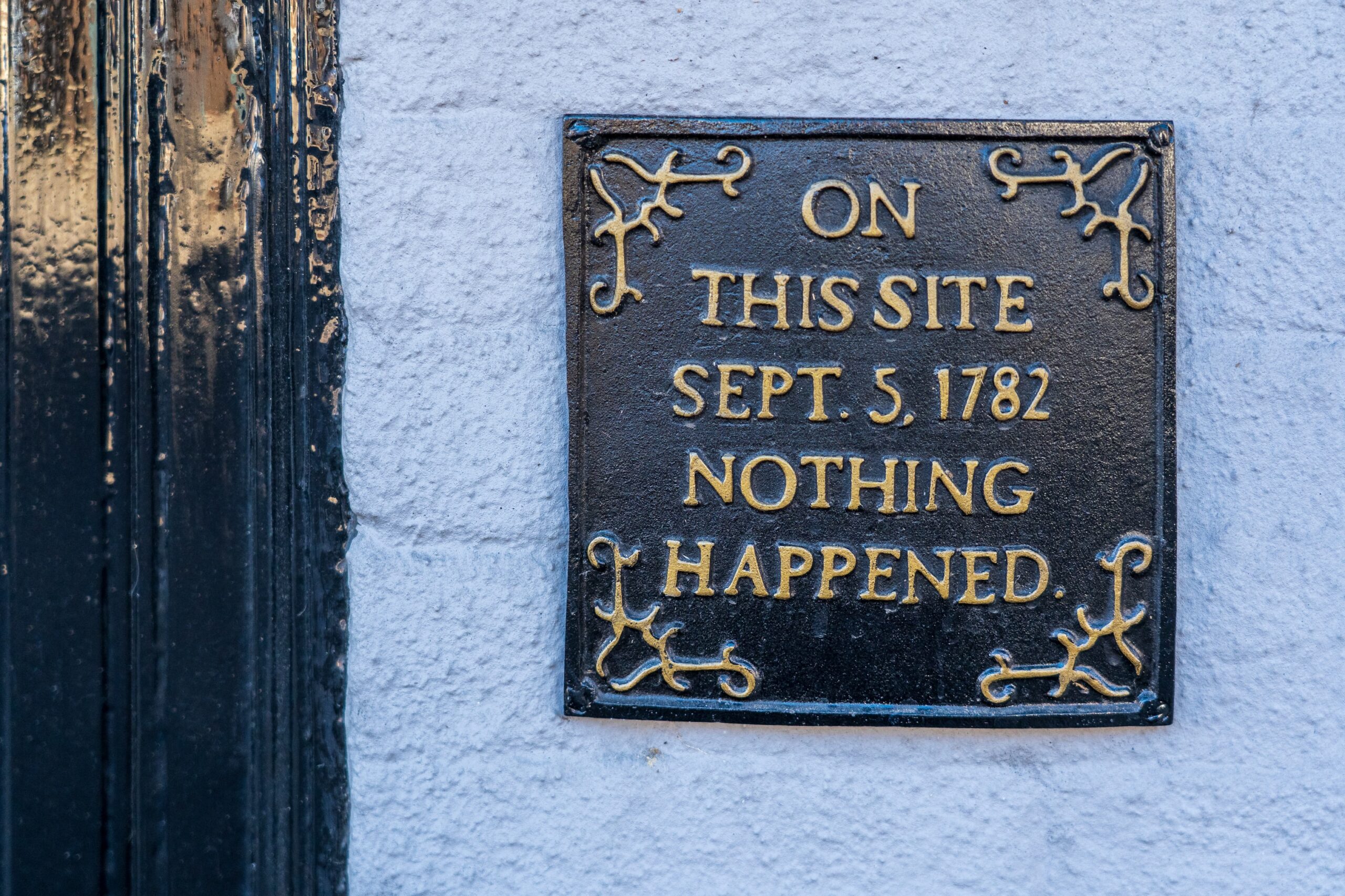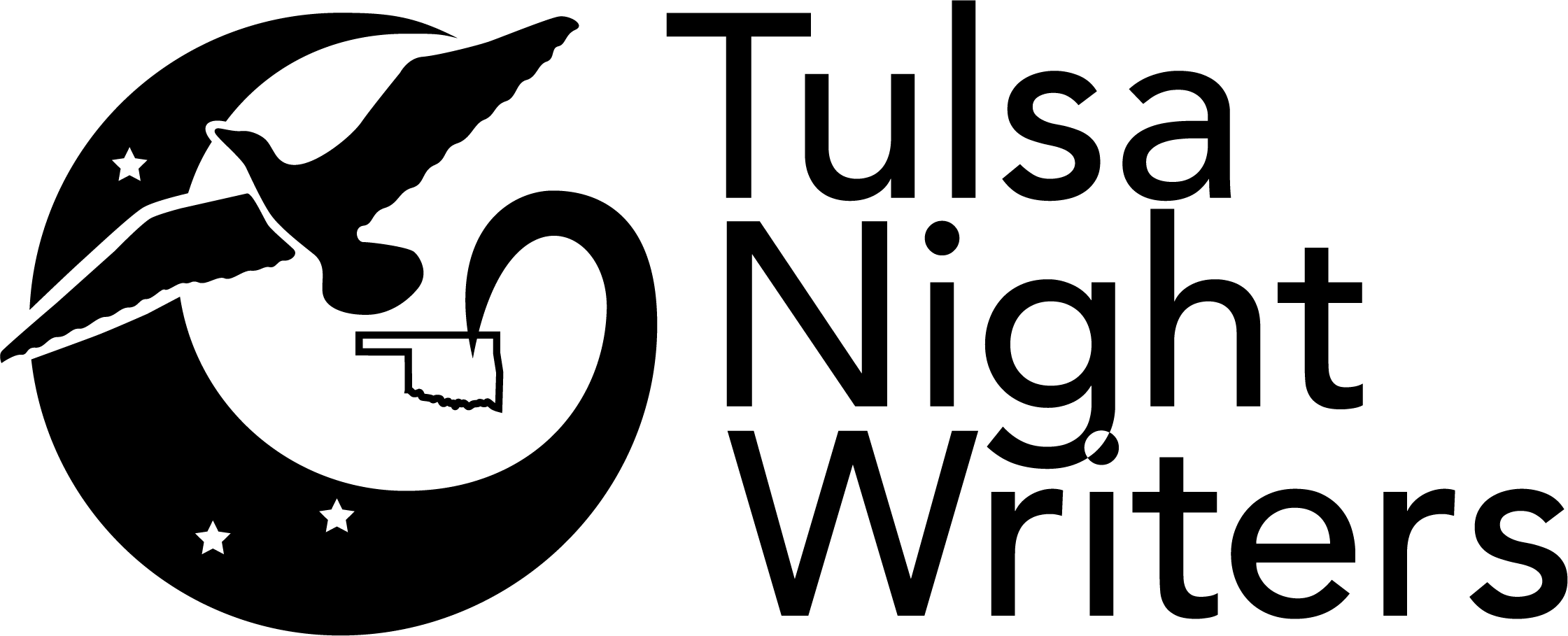
Writing Humor: Part One
Kathryn Helstrom
This series is not about writing a humorous book; I don’t know enough about comedy to write a book that would make you laugh page after page. However, we need to include a little humor now and then in our stories. Let’s discover the when, where, why, and how to incorporate humor into your prose or poetry.
What is humor? Dictionaries give boring definitions about something ludicrous or absurd, which doesn’t embody the nuances of puns or sarcasm or satire. It is a difficult thing to define. I think it is anything that makes you laugh. We need humor in life, and we need humor in our writing.
“Humor can be one of our best survival tools.” Allen Klein
It will help your reader identify with your character. It makes your character likable. It is a positive trait you can assign to your protagonist, or more interestingly, your antagonist. You can have a jokester among your cast to provide comic relief at tense moments. Or he can provide profound observations about life in a playful way, establishing or reinforcing the theme of your story.
When you draw up your character’s outline and backstory, you must consider what type of humor he has. Is she witty? Sarcastic? Or is deadpan dry humor his style? How she uses humor establishes the character’s voice. The wordplay between two characters shows their relationship. In a romantic scene, do they use humor to flirt? One character not “getting” the humor of the other can result in misunderstanding and conflict.
One type of humor is running gags. This is an excellent tool for layering in backstory and defining the relationship between two long-time friends. Wordplay and innuendo give the reader an inside view of the attitude of a character. If only one character is laughing in a stressful situation, it will heighten the tension as the others cringe or turn to say, “Shut up!”
Use it to change the pace of the story, to transition to the next scene, or to foreshadow upcoming events.
All these techniques help to keep your reader turning the pages, which is every author’s goal. However, writing humor into your story boosts YOUR creativity, too. It stimulates your frontal lobe which controls understanding social and emotional responses. It activates both the right and left sides of your brain: the right, analytical, side for structure and the left side for whether you “get” the joke. Make yourself laugh!
“A day without laughter is a day wasted.” Charlie Chaplain
To get started, identify your own style of humor. Pay attention to when people laugh at your jokes or wordplay. Are you self-deprecating or sarcastic? Do you like puns and riddles? Is slapstick and absurdity your style?
Keep a journal of your own jokes and mine material from real life. Observe the world around you. Find the humor in settings and scenarios. While people-watching (every author does this), imagine something funny happening to the person you are looking at. Write it down.
In Part Two of this series, I’ll delve more into how to incorporate humor into your story. In the meantime, if you are struggling with how to end a scene or begin the next one, try writing a humorous transition. See if it works.
Happy Writing!

